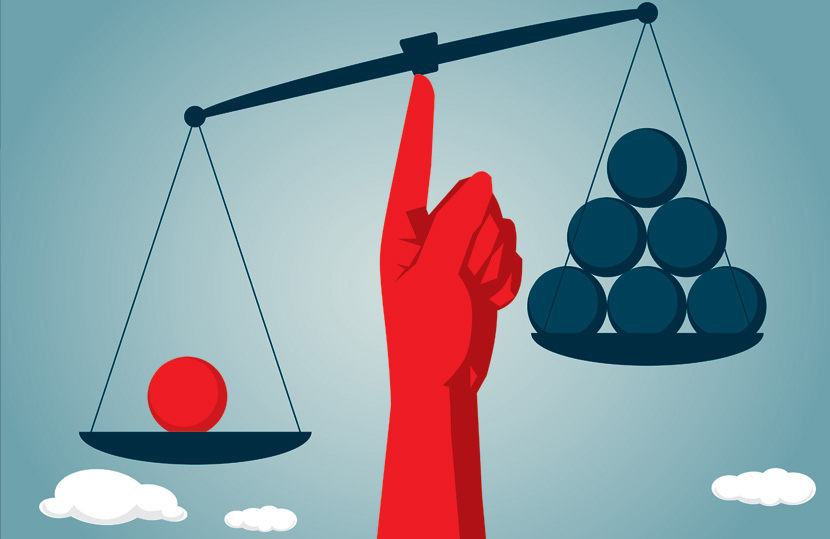This article appears in the Winter 2018 digital issue of DOCUMENT Strategy. Subscribe

Image by: erhui1979, ©2018 Getty Images
One of the biggest challenges in developing a personalized customer communications strategy may not be the lack of customer data but whether the data you have is supporting those efforts—or hurting them.
Start at the Source
Most likely, your organization has customer data locked away in its marketing, sales, customer service, and financial or accounting departments-the lingering problem of isolated data silos. Each department may use the data differently and develop its own methods for data collection and storage. As a result, data around a single customer may conflict with information stored in other silos, be outdated, or simply be incorrect.The result can be frustrating for a customer who calls in with a question and is asked several times for his/her name, address, and possibly an account number before reaching the correct representative who can provide relevant information. This is a bright red flag indicating that your customer-facing teams don't have access to relevant database systems and/or don't have a multi-dimensional view of your customers.
At this point, it's wise to ask, "How much work are you placing on the customer versus the amount of work you're doing to maintain their data? When that balance of responsibility shifts toward the customer, you'll likely see a break in the relationship.
Ensuring Data Quality
Data quality issues can ultimately damage the customer relationship your company is working so hard to nurture. To help reach your customer experience goals, here are four questions every department should be asking.- Are we using outdated information? If your organization is using incorrect addresses or names of customers, you risk the chance that these communications simply won't arrive—meaning the relationship is severed. Even if that message is still received, using outdated information may harm a relationship.
- Are we making incorrect assumptions? On the other hand, if customer data is accurate, we must have enough of it to make the right decisions. If we don't, then targeted communications, which rely on these factors, face a real risk of being embarrassingly inaccurate.
- Is It Unusable Data? Incorrect data that can't be used (e.g., an incomplete home address) might seem like it's only an inconvenience for the business. However, this lack of usable data is likely to prevent businesses from reaching the right customer, at the right time, with the right message.
- Are we making too much contact? With increasing penalties from regulators for "spamming" individuals, businesses need to be sure they are only contacting customers when necessary. Ensuring that each customer is unique-instead of multiple versions of the same individual-is vital to accomplishing this.
Putting the Pieces in Order
Finding the gaps in your customer communications allows you to discover valuable metrics. Do you see a logjam at some point? Are other assets underused? What are the barriers? By answering these questions, you've found the starting point for devising a more effective, company-wide communications strategy.The greatest benefit to consolidating all the data you have on customers is the insight it gives into their experiences, their preferences, and how you can subsequently best serve them. We all know that customer retention costs significantly less than finding new customers. Building a single customer view with data that is meaningful and accurate can help ensure that retention.
Elizabeth Dailing is Senior Director of Portfolio Marketing for Quadient, formerly GMC Software. Her background includes strategic marketing, enterprise software sales, and marketing management in multiple data domains, including security, movement, integration, and data quality. For more information, visit www.quadient.com.










